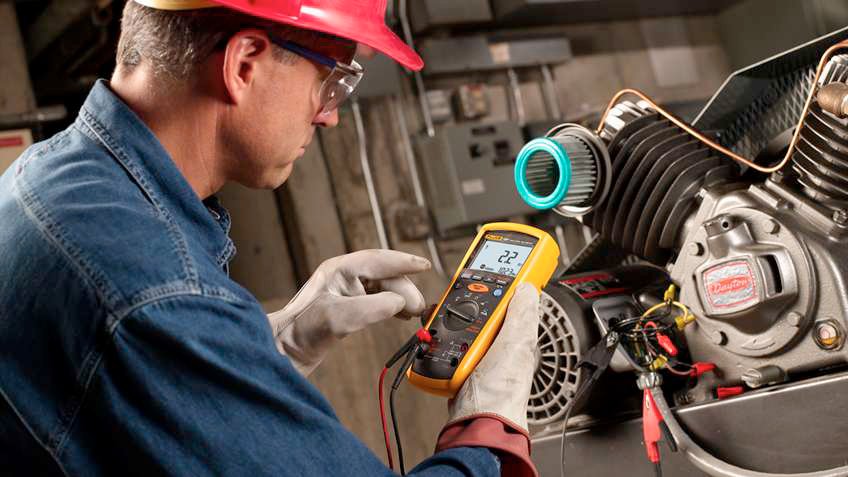By Fluke Corp.
Most electronic loads have nonsinusoidal waves, which makes measuring with an average responding meter somewhat difficult. Anytime you’re measuring AC voltage or current signals that aren’t pure sinusoidal (sine) waves, you’ll want to use a true-RMS meter. Here’s why.
The shape of the waveform — pure sinusoidal vs. nonsinusoidal — can have a dramatic impact on a reading, depending on the type of multimeter used.
How Digital Multimeters Read Sine Waves
An average responding meter uses averaging formulas to accurately measure pure sinusoidal waves. While these meters can measure nonsinusoidal waves, they offer uncertain levels of accuracy.

